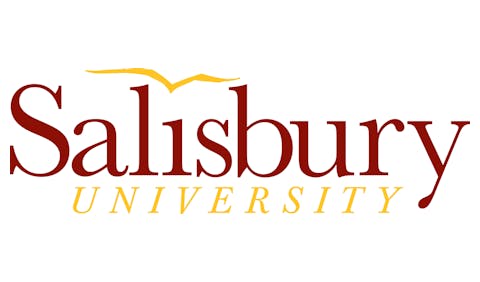 Dr. Christina Maslach, professor emerita of psychology at the University of California, Berkeley who pioneered research on job burnout
Dr. Christina Maslach, professor emerita of psychology at the University of California, Berkeley who pioneered research on job burnout
“Once again, people are just exhausted with the unknown,” said Jenny Connolly, associate director of academic advising at the University of Northern Iowa, a public institution. “It feels like we’re on this rollercoaster with lots of hope, then not, lots of hope, then not. Students are asking if the semester will be normal, and nobody has any answers. That puts everyone on edge.”
With students coming back to her institution on January 20, Connolly said she and her colleagues in academic advising are trying to prepare for the different scenarios they and their students may find themselves in.
“But you don’t know what all the scenarios are,” she added. “Most of us in higher education, especially at public institutions, are having to be back to normal as much as we can. And that’s just hard and scary to do when no one knows what the next few months will look like.”
Throughout the pandemic, Connolly, who is a working parent with four kids in school, has been juggling the growing demands of her job and family. She said that support from her colleagues has been critical in managing her responsibilities. But even then, she’s not sure what she will do this semester if she and her partner both become sick with COVID-19 and are out of the office.
Connolly is not alone.
Dr. Kevin Kruger, president of NASPA, a professional association of student affairs administrators in higher education, has been hearing similar experiences from early and mid-level professionals in particular.















